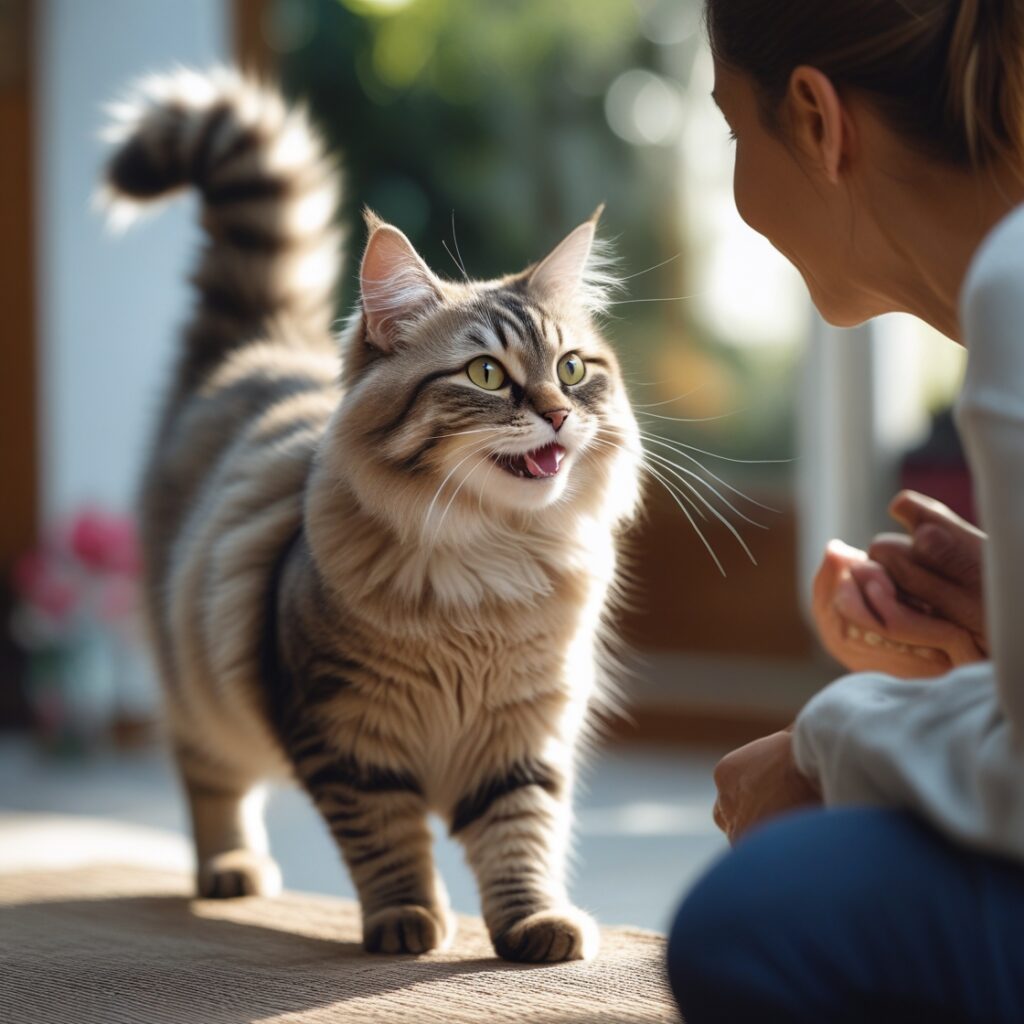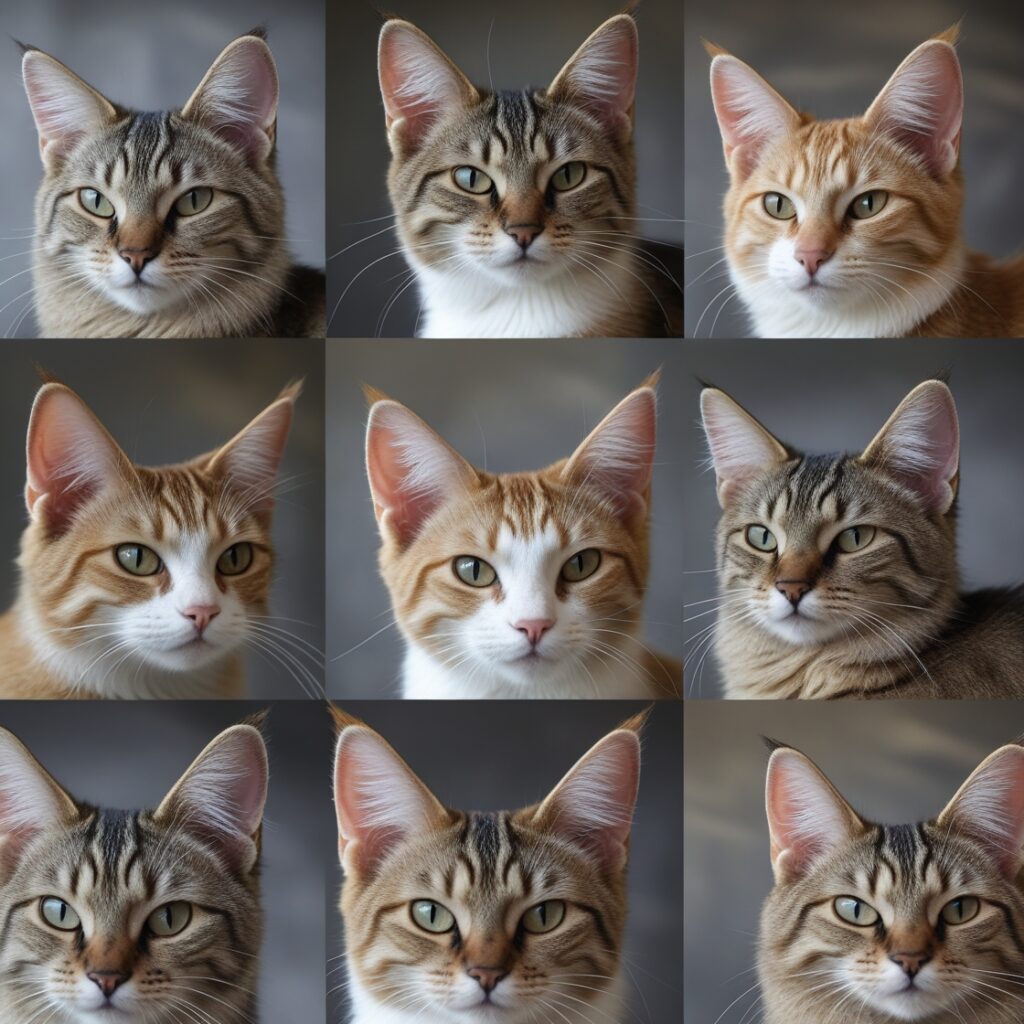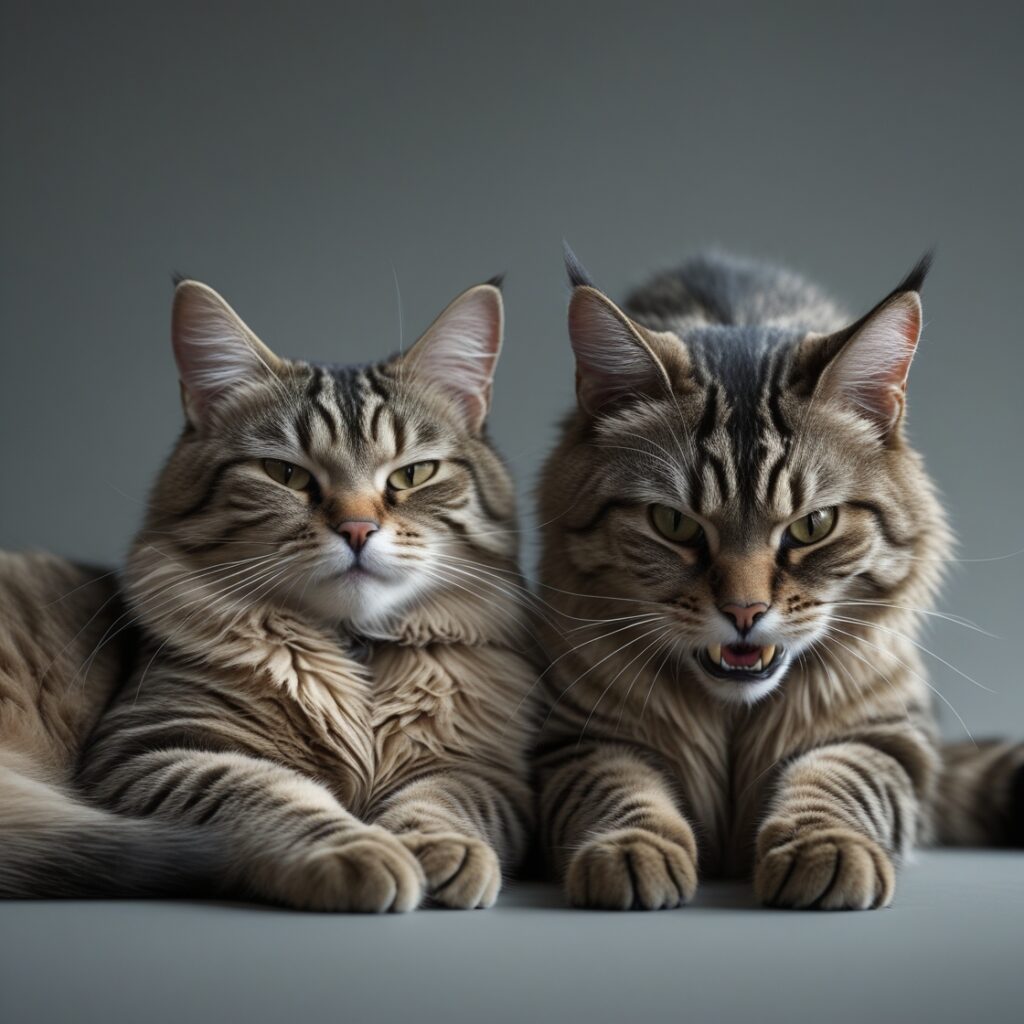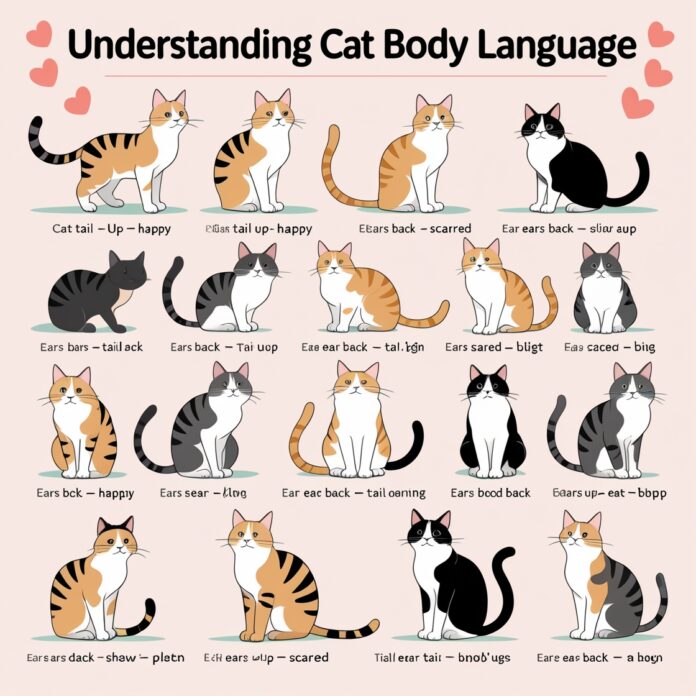Did it ever cross your mind how helpful it would be if your cat could speak? The good news is that it can, just not in English. Cats, being expressive animals, make themselves understood through their body language, using it to reveal their emotions, as well as to tell you if their health is okay or not. In this guide, we will dive deeper into it, and show you how to interpret the way your cat sways its tail, what its ears’ positions tell, and its general pose, so that you can be a cat whisperer too.
🐱 Why Understanding Cat Body Language Is Crucial
In contrast to canines, which are very much in your face about their feelings, cats are somewhat ambiguous creatures. They express themselves through body movements such as arching the back, ears’ positions, and flicking the tail. By recognizing the basic signs of cat body language, you are able to do the following:
- Strengthen the bond with the pet
- Adjust your actions according to the pet’s mood
- Get early warnings of the cat’s health status
- Avoid aggressive confrontations with the pet
Understanding your pet’s needs and being able to react to them appropriately is not less than a responsible pet parent — it’s vital for his well-being, as well.

🐾 Tail Talk: What Cat Tails Really Mean
A cat’s tail, among other things, is considered by many as the feline eqv of a magic wand: a tail that changes form with the changing mood of the cat itself. After all, there’s nothing better than the tail, which is a live indicator of your cat’s mood. In the next few lines, you will find out the meaning of some common tail signals used by cats:
1. Tail Held High
For the most part, when cats are happy, they keep their tail straight up. This gesture also indicates that the animal is totally comfortable among others, and at the same time very friendly and forthcoming. If your cat is the one who calls you, then you will see that it often comes with a slightly curved tail tip but no wobbling.
2. Tail Puffed Up
The cat’s puffed up tail, like many other signs, serves as an aggressive stance. The message sent here clearly says that the cat is now in danger, frightened, or feeling threatened. It is frequent that such behavior appears in situations with loud noises, in case the cat suddenly finds itself in an unnatural environment, etc.
3. Tail Tucked Between Legs
This is a clear sign of fear, anxiety, or submission. It can also be due to your cat getting acquainted with a new environment or person.
4. Twitching Tail Tip
If the tip of the tail is flicking rapidly, it could just indicate irritation or focus on something very compelling. Say, your cat being petted, and suddenly, it feels like playing with birds, or if the cat is upset about the petting, these are normal reactions.
5. Wagging or Swishing Tail
This is absolutely the opposite of dogs. If a cat is swishing its tail it definitely indicates its anger or overexcitement.

👂 What Cat Ears Say Without Words
Ears are another decisive part of the body when it comes to the cat’s body language. Even the smallest movements of the ears may give an idea about the cat’s feelings.
1. Ears Forward
It tells that your cat is interested about or excited by a thing or some sound. For a cat, it is an act of exploring a new object or catching the noise.
2. Ears Turned Sideways (“Airplane Ears”)
it’s also considered that such a position can imply that cats are not sure, a little nervous, or just slightly irked about something.
3. Ears Flattened Back
In contrast, this position is a sign of warning. The cat’s ears are flattened when it feels threatened, angry, or defensive.
4. One Ear Swiveling
Being able to move ears simultaneously one by one is a property of cats. If the ear is swiveling, in all likelihood, the cat is aware of the sound and is cautiously watching the environment for any changes.

🧍 Reading the Entire Cat: Posture & Facial Expression
Cat communication can be fully understood when looking at its body posture, face, tails, and even the ears.
Relaxed and Content Cat
- The posture was loose.
- The tail was generally hanging high or was curved.
- Blinking happened softly and naturally.
Fearful or Stressed Cat
- The back was arched.
- The hair on the back was standing up.
- The ear was pinned back.
- The cat puffed or even tucked its tail.
Aggressive Cat
- The body was stiff.
- The eyes were kept in contact.
- The cat was growling or hissing.
- Tail was swishing aggressively
Playful Cat
- Crouching
- Perked Ears
- Tail Swishing
- Wide pupils

😾 Misreading Signals: Common Cat Body Language Mistakes
Most cat owners usually make mistakes in interpretation of their pet’s signals. Below are a couple of such cases:
- Belly Exposure = Trust? Not always. Many cats expose their belly as a way to protect themselves, rather than as an invitation to be touched.
- Tail Wagging = Happy? Yes, for dogs. In cats, it often indicates anger.
- Ignoring You = Rude? Cats are never rude, but they are independent. What is seen as indifference by humans can simply be a cat feeling secure enough not to be watchful all the time.
Before getting the wrong impression of this information, make sure to observe the cat’s tail, ears, and posture at the same time.
🧠 Bonus Tip: How to Respond to Cat Body Language
If you notice any of the signs of anxiety:
- Do not bother your cat.
- Avoid yelling and sudden gestures
- Give a quiet, safe area
When your cat makes a gesture of friendliness:
- Give your cat soft gentle pats
- When your pet acts nicely, use tidbits to affirm this behavior
- Respond to the cat’s effort to play social
Understanding your cat’s body language and following the signs is the core adding to mutual trust.
🔁 Combining Signals for Clarity
Like humans who use speech tones and facial expressions, cats send and receive multiple signals simultaneously. Familiarizing oneself with the various combinations will help you to respond better to your pet’s feelings.
Example:
- Tail up + ears forward + soft eyes = Wants attention
- Twitching tail + flattened ears = Annoyed—time to give them space
🐾 Final Thoughts: Speak Their Silent Language
Deciphering cat body language is no easy feat; however, the effort is certainly rewarded. After all, not only will you lower stress and uncertainty but will also create a stronger bond with your cat. By being proficient in your cat’s body language, you not only make your home a safer place for them but also a more love-filled one for you.



